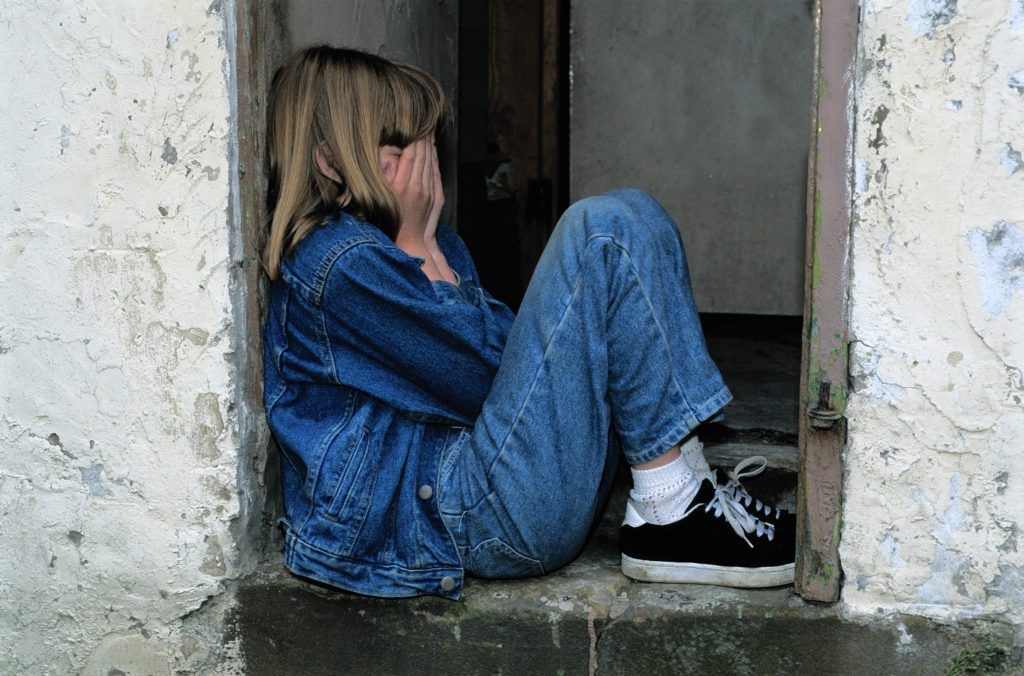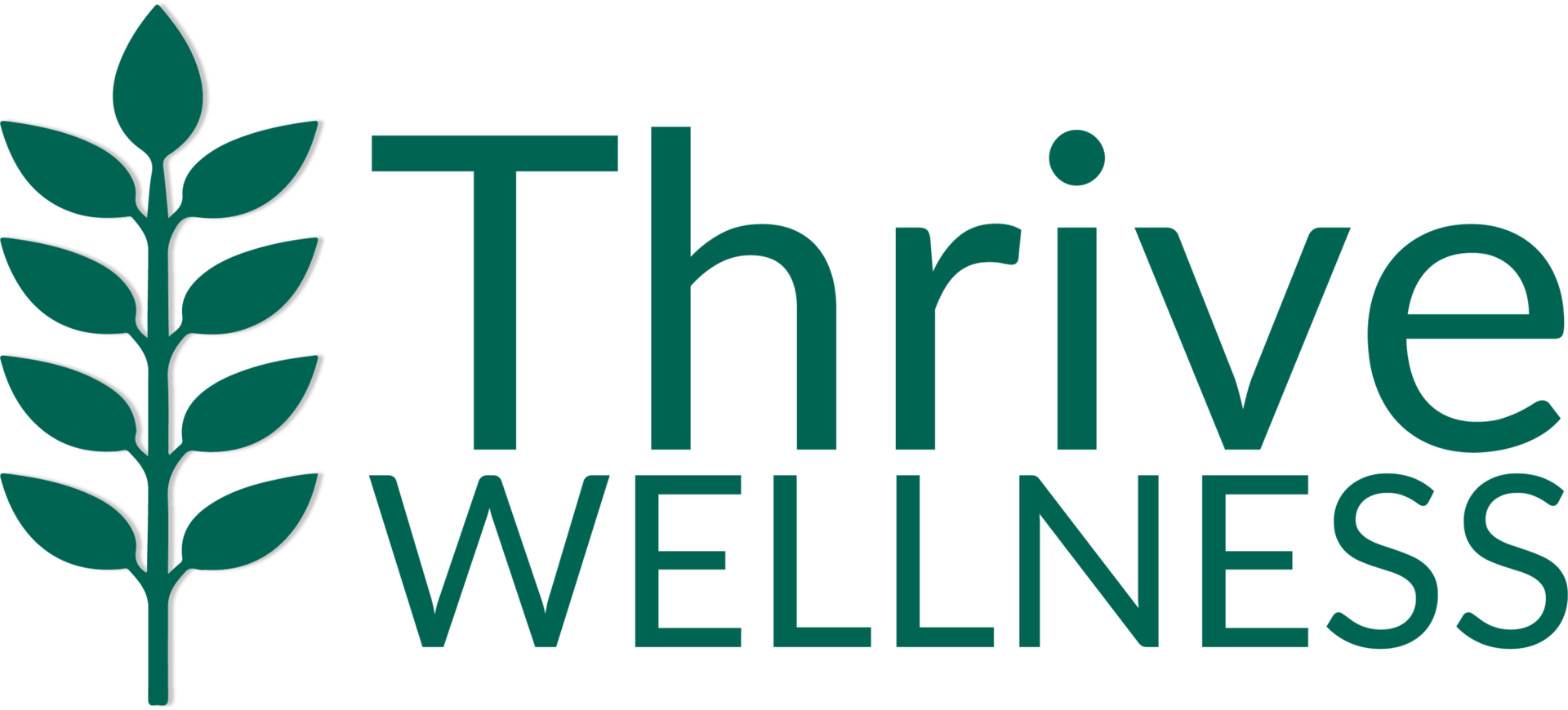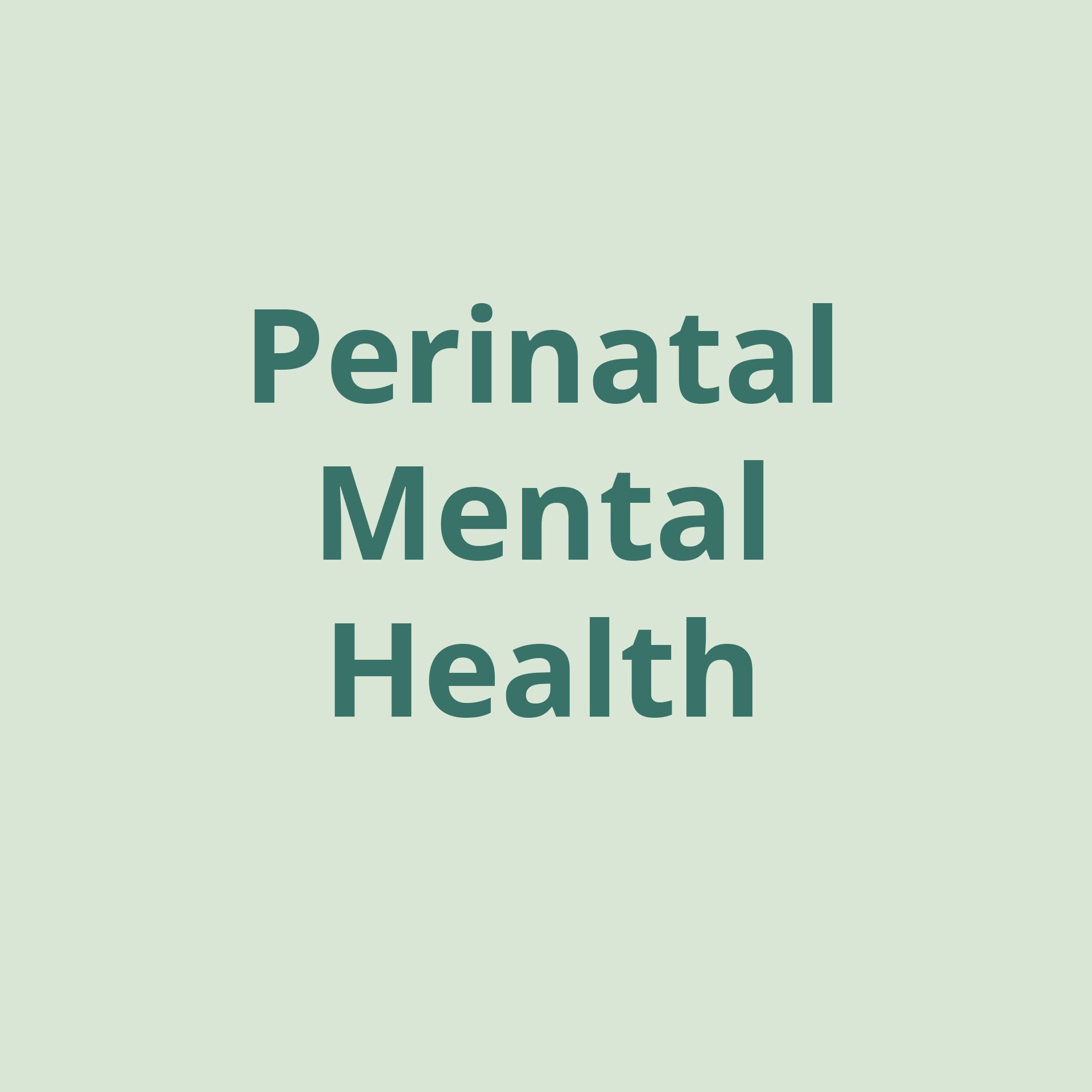The Link Between Child Abuse and Mental and Behavioral Health and How to Begin Healing

By Thrive Sacramento Therapist Annelise Scellier, AMFT, APCC
At such impressionable ages, children who experience adverse childhood experiences such as abuse face an increased risk of developing health concerns as they grow into adults. The trauma of child abuse can interfere with mental, emotional, and behavioral development. Guided by mental health clinicians, however, individuals who experienced abuse in their childhood can find healing.
ADVERSE CHILDHOOD EXPERIENCES
Adverse childhood experiences (ACEs) is a term used within the mental health space to describe potentially traumatic events that have been linked to an increase in the risk of negative outcomes on physical, mental, and/or behavioral health .
Examples of ACEs include:
- Child abuse/neglect, including physical, emotional, psychological, verbal, or sexual
- Having a family member who is depressed or diagnosed with other mental illness
- Having a family member who is in prison
- Witnessing a parent being abused
- Losing a parent to separation, divorce, or death
According to the Center for Disease Control (CDC) , 61% of adults had at least one ACE and 16% had four or more types of ACEs in their upbringing. The higher one’s exposure to ACEs, the greater their risk is of facing negative health consequences later in life. Also according to the CDC, ACEs are associated with at least five of the top 10 leading causes of death, and preventing ACEs could reduce the number of adults with depression by as much as 44%.
CHILD ABUSE AND NEGLECT
Under the umbrella of ACEs, child abuse and neglect can lead to the development of mental and behavioral health conditions, such as depression , anxiety , eating disorders and substance use disorders . Child abuse and neglect is categorized into four types:
1. Child Neglect
The most common type of child mistreatment, child neglect occurs when a child’s caregiver(s) fail to consistently provide for the child’s basic needs, including food, shelter, clothing, access to medical care, and access to education. Neglect may also involve failing to protect the child from harm or the threat of harm such as by exposing the child to domestic violence, leaving the child unsupervised, or leaving the child with neglectful caregivers.
2. Physical Abuse
Physical abuse occurs when a child is exposed to physical harm that leads to an injury, whether the injury is caused intentionally or not. Injuries can involve bruises, cuts, broken bones, muscle sprains, and burns in addition to others. Such injuries may result from hitting with hands or objects, slapping, punching, kicking, throwing, burning, or other forms of physical violence.
3. Emotional, Psychological, or Verbal Abuse
This type of abuse occurs when a child is exposed to persistent non-physical abuse. Some examples of emotional, psychological, and verbal child abuse include:
- Bullying
- Demeaning
- Belittling
- Criticizing
- Verbally attacking
- Dismissing
- Invalidating
- Threatening
The effects of emotional, psychological, and verbal abuse on a child can be both internal and external.
When children internalize abuse, it may manifest as:
- Low self-esteem
- Thinking of oneself as bad, unlovable, worthless, and/or unwanted
- Anxiety
- Depression
- Self-harming behaviors
Alternatively, when children externalize abuse, it may manifest as:
- Acting out
- Delinquency
- Hostility
- Performing poorly in school
- Withdrawing from social groups and activities they once enjoyed
4. Sexual Abuse
Sexual abuse occurs when a child is sexually exploited by an adult. By law, because a child cannot give consent to any sexual acts, any sexual activity between a child and an adult is considered sexual abuse.
Types of sexual abuse include:
- Molestation
- Any kind of sexual intercourse
- Exposing genitals to a child or masturbating in front of them
- Child pornography (owned or produced)
- Any interactions with the child that are sexual in nature
- Forcing a child to perform sexual acts
- Use of objects to perform sexual acts with a child
HOW CHILD ABUSE AND NEGLECT AFFECT MENTAL AND BEHAVIORAL HEALTH
Human bodies have built-in stress response mechanisms that help protect us from threats. When there is a perceived or real threat such as that of abuse or neglect, the body releases stress hormones including cortisol and adrenaline. If the body is exposed to stress hormones for extended periods of time, intense, or recurrent periods, as can be the case for those exposed to abuse or neglect, the excess cortisol and adrenaline will disrupt important processes in the body and the brain.
Because their brains and bodies are still developing, children and adolescents are especially vulnerable to the negative impacts of stress hormones. Stress hormones brought on by child abuse or neglect can interfere with the healthy development of neural pathways and alter the immune system and endocrine system, leading to increased risk for mental, behavioral, and physical health problems.
Research suggests that some types of abuse and neglect are more strongly correlated with the later development of negative mental and behavioral outcomes, such as:
- Emotional abuse: Considered the strongest predictor of depressive disorders and suicide attempts.
- Physical abuse/neglect and sexual abuse: Linked to antisocial personality disorder, substance abuse, delinquent behaviors, and eating disorders.
- All kinds of abuse and neglect: Linked to increased impulsivity, dissociation, difficulty focusing, post-traumatic stress disorder (PTSD) , self-harming behaviors , and high-risk behaviors such as smoking, drug and alcohol use, and promiscuity. Research also suggests that children exposed to abuse are more likely to abuse or neglect their own children, as well as to experience additional abuse or neglect from others.
For more on the link between ACEs and mental and behavioral health struggles, consider watching this TED Talk on how childhood trauma affects health across a lifetime by pediatrician Nadine Burke Harris.
HEALING FROM MENTAL AND BEHAVIORAL HEALTH CONCERNS ASSOCIATED WITH CHILD ABUSE
The main course of treatment for individuals struggling with mental or behavioral health due in part to child abuse involves trauma-focused therapy, which may draw on different modalities and interventions, including:
- Eye movement desensitization and reprocessing (EMDR): Uses eye movement to integrate a person’s emotional experience with their cognitive experience.
- Trauma-focused cognitive-behavioral therapy (TF-CBT): A form of talk therapy used to treat childhood trauma.
Whatever methods are used, the therapist-guided process of healing from child abuse generally involves:
- Acknowledging: The person acknowledges that child abuse or neglect occurred and that it wasn’t their fault.
- Understanding: The individual develops a fuller understanding of the implications of the abuse or neglect, including how it affects their life, their relationship with themself, and their relationships with others
- Processing: The client processes the emotions tied to the abuse or neglect, especially any feelings of guilt, shame, and self-blame.
- Accepting the past: The client comes to accept their traumatic experiences.
- Regaining balance : The person re-establishes their sense of safety and control over their present life.
- Addressing attachment problems: The person addresses any difficulties forming and maintaining healthy relationships.
- Connecting: Instead of isolating, the individual connects with those in their life who provide nourishing and meaningful relationships.
- Self-care : The client dedicates time and effort to taking care of their mental and physical health, while also developing healthy habits .
- Developing awareness of unhealthy coping mechanisms: The person becomes aware of any unhealthy methods of numbing their emotions, such as self-harm, disordered eating behaviors , and substance use.
- Developing healthy coping skills: The individual develops strategies for grounding themselves, regulating their emotions, and managing stress.
GROW WHERE YOU ARE PLANTED
Whether you’re struggling with depression, anxiety, an eating disorder, or another mental or behavioral health concern, Thrive therapists and psychiatrists can provide specialized, compassionate, and effective care to those struggling with the implications of ACEs such as child abuse and neglect. We wholeheartedly believe you deserve to thrive —not just survive — and our experts will help you do just that. Reach out to learn more about our mental and behavioral health services .
About the Author
Thrive Sacramento Therapist Annelise Scellier, AMFT, APCC
After acquiring a bachelor’s degree in psychology from the University of California, Davis, Annelise Scellier earned her master’s degree in clinical mental health counseling from Sonoma State University with concentrations in marriage and family therapy and professional clinical counseling. She is registered in California as both an associate marriage and family therapist (AMFT) and associate professional clinical counselor (APCC).
With previous experience working in a residential eating disorder treatment center as well as a psychotherapy clinic, she offers invaluable services to clients combating eating disorders and co-occurring conditions. As a therapist at Thrive Wellness Sacramento, she fuels her passion for helping individuals and families on their journey toward better health. Annelise works inclusively with clients of all ages, backgrounds, and orientations and strives to normalize seeking professional support for mental and behavioral health concerns despite societal and cultural stigmas.
Annelise is originally from France and enjoys caring for her adorable, free-roaming pet rabbits, Parsnip and Pickle, in her spare time.
The post The Link Between Child Abuse and Mental and Behavioral Health and How to Begin Healing first appeared on Thrive Wellness.








